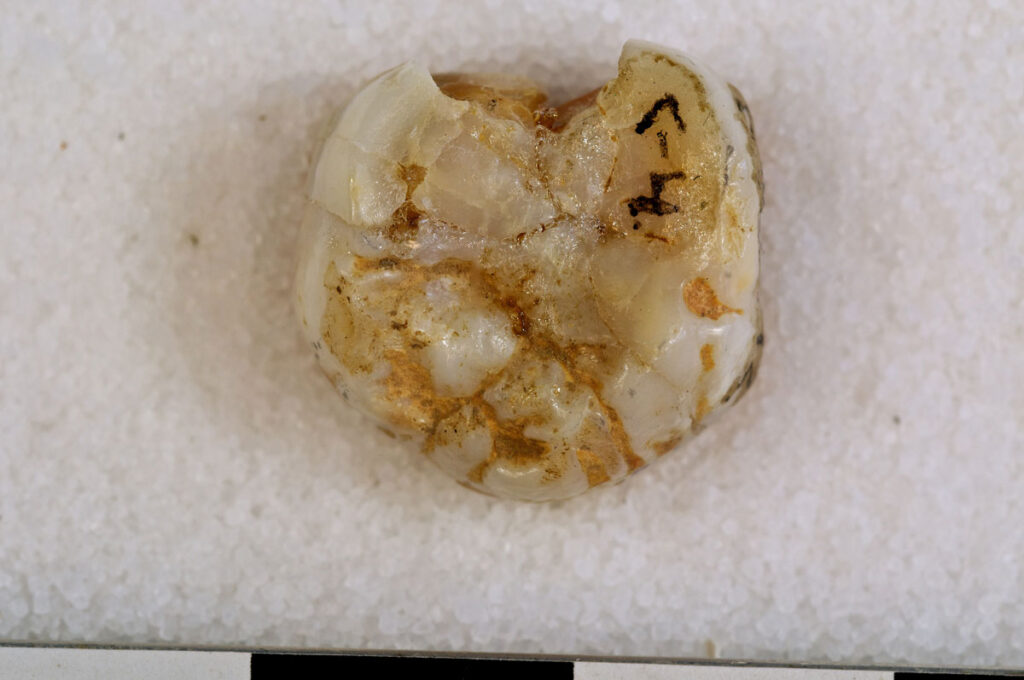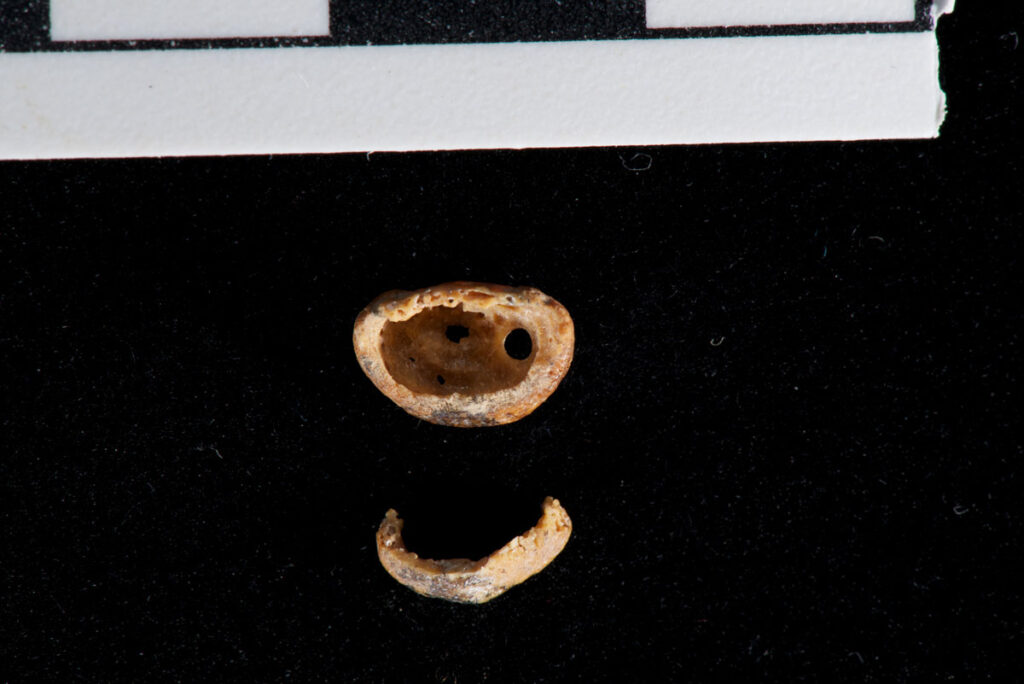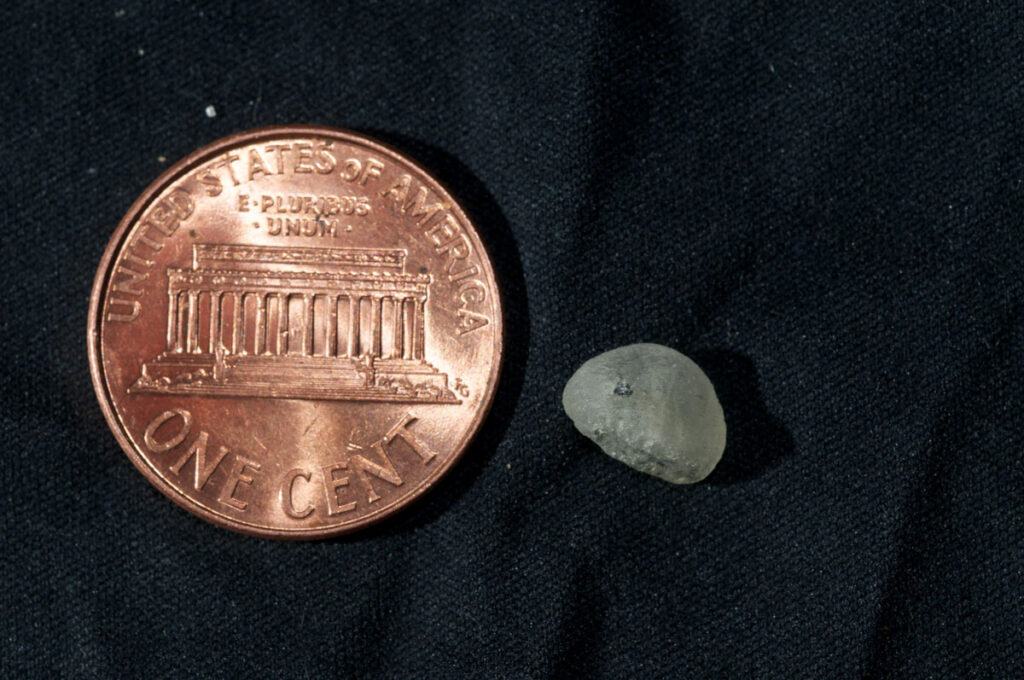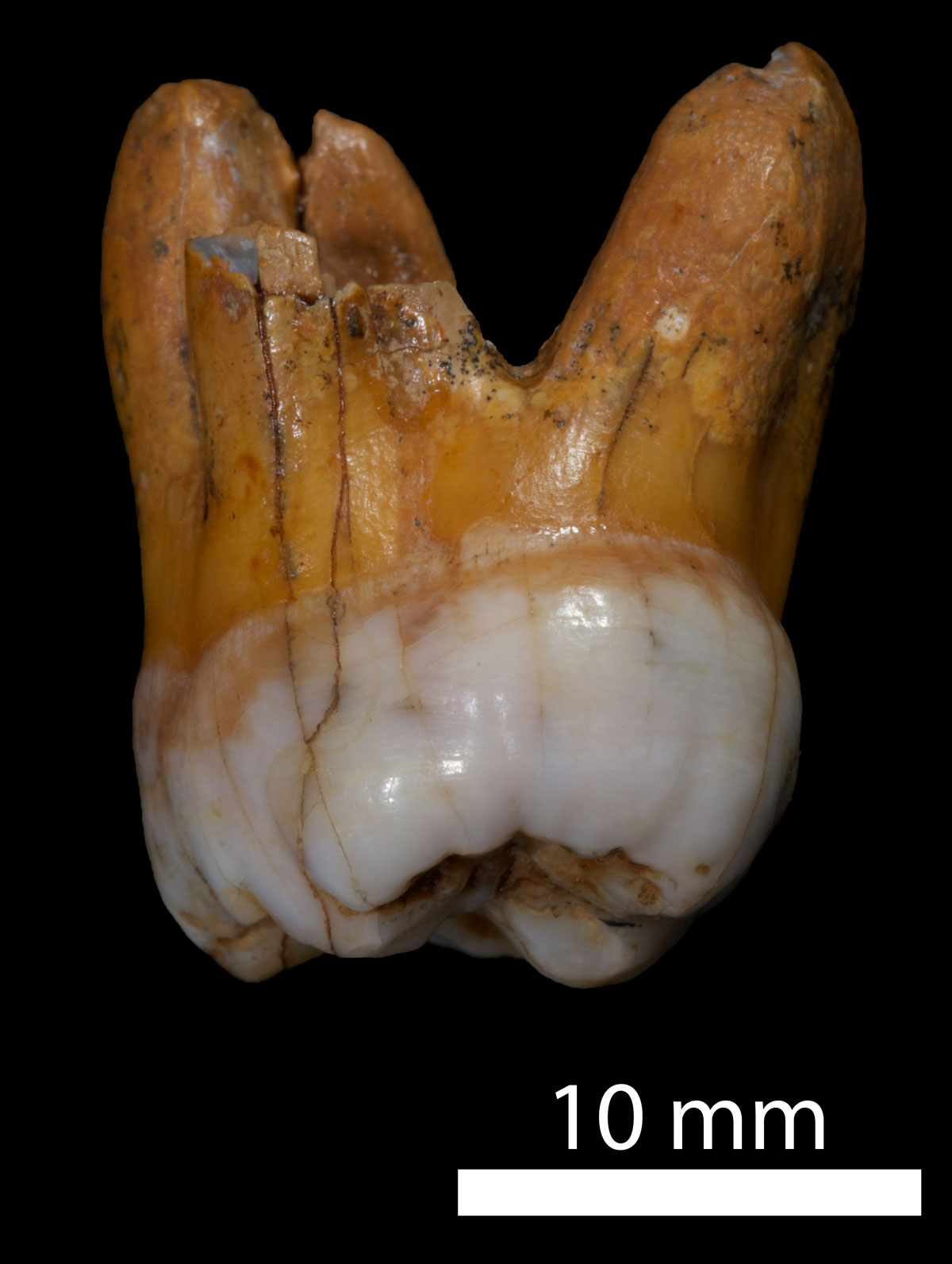New research delves deeper into the enigmatic Denisovans, an extinct hominin species that once roamed Siberia. An international team of researchers from Germany, Canada, and Russia analyzed the DNA from two molars unearthed in the Denisova Caves, shedding light on their origins, physical characteristics, and potential interactions with other human ancestors.
The existence of Denisovans was first confirmed in 2010 through a finger bone and a tooth found in the same caves. This latest study, published in Proceedings of the National Academy of Sciences, builds upon this groundbreaking discovery by sequencing the nuclear and mitochondrial DNA from the first molar and another, more recently unearthed specimen.
The analysis revealed a fascinating story. The teeth belonged to three distinct Denisovans living across a vast time span – the oldest dating back to roughly 110,000 years ago, placing them alongside Neanderthals and early humans. This extended timeframe, spanning 60,000 years, suggests the Denisovans may have had a long-term presence in Siberia, either permanently residing there or seasonally visiting during warmer periods.
The size of the molars hinted at a physical resemblance to Neanderthals, with potentially large jaws. Interestingly, the Denisovans also displayed a surprising level of genetic diversity, rivaling that of modern humans. This sets them apart from Neanderthals, known for having less genetic variance. Additionally, the presence of Denisovan DNA in up to 5% of modern Melanesian genomes points towards interbreeding between these ancient groups.

These findings paint a clearer picture of the Denisovans. They were likely our close cousins, occupying a distinct branch on the human evolutionary tree. Similar to Neanderthals, they eventually disappeared, but their legacy may live on through specific adaptations passed down to some modern human populations, such as the ability to thrive at high altitudes.


The discovery of the Denisovans continues to spark curiosity about other unknown human relatives. The recent unearthing of a human-like tooth in China has fueled speculation about additional lineages waiting to be unearthed. As researchers delve deeper into ancient DNA, the story of human evolution promises to become even richer and more complex.
